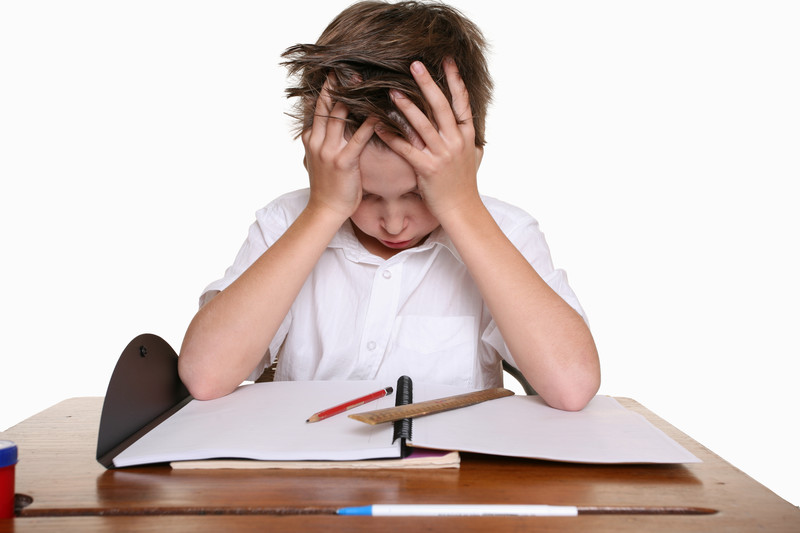Major Anxiety Disorders
There are many different “types” of anxiety problems that can affect children and adolescents and all of us throughout our lifetimes. With children, you may have heard terms such as separation anxiety, social anxiety, test anxiety, performance anxiety, obsessive-compulsive disorder, anxiety related to specific events such as divorce, post-traumatic stress disorder among others. It can be very confusing for parents when the child they love seems to be very anxious or is having much difficulty in dealing with a situation. Where do you turn?
It is first important to remember that anxiety is a part of life. We don’t want to over blow it but we also want to recognize when it is becoming a real problem for the child or individual. I usually recommend that you first seek out help and support from those people who have been trained to help you and are readily available. This includes school counselors, school psychologists and church counselors among others. Even friends who have dealt with a similar situation may be able to help you.
If you determine that seeming anxiety appears to be significantly affecting your child’s life and interfering with daily experiences such as school, social events, interaction with others and willingness to participate in activities it would be time to go further. At this time you may want to seek assistance from a licensed therapist, counselor or psychologist. Be sure to look for someone who is quite familiar with and works regularly with children as the treatment of children with anxiety problems/disorders is quite different from dealing with adult situations. Don’t be afraid to ask a potential therapist about their experience with children and the particular anxiety issue you are dealing with. I do advise that you start with a therapy approach, rather than jumping to use of medication for your child.
Should your therapist feel that medication may be a necessary treatment approach, it is also important to find a psychiatrist who specializes with children and particularly with anxiety disorders if that is possible. Your regular medical doctor can prescribe medication as well; however, may not be as familiar with the nuances of medication use in this context. Generally, if therapy is not as successful as anticipated, a continued use of combination therapy and medication can often be quite helpful. In some cases that are more complicated, either the parent, therapist or psychiatrist may request a formal neuropsychological or psychological evaluation to get more in depth understanding of concerns. So you can see there is a hierarchy of intervention that can be traveled depending on the severity or intensity of anxiety symptoms.
It is also important to note that anxiety problems are often associated with other childhood learning and emotional disorders or problems. A child with a learning disability can often be quite anxious about their school performance and display test anxiety. Anxiety problems are often associated with students on the autism spectrum, with nonverbal learning disabilities and with ADHD with variations in how such anxiety may be exhibited. For example, if a student on the autism spectrum has a change in plans in what was expected, the student may react seemingly out of proportion to the situation either physically or verbally. A student with an anxiety disorder may ruminate excessively about a situation leading to a major panic attack. A child or adolescent who has experienced a traumatic event may have an episode of reliving the event leading to major anxiety and fear. A child who has felt either external or internal pressure to do well in school, may exhibit high levels of anxiety about school performance and how they would be viewed by others.
So isn’t this very confusing!



